Network VAPT
This is an era of advancing technology where extraordinary ideas are turning into business every day.
However, with advancements come threats, and security threats top the list. A successful cyber-attack can have a detrimental impact on an organization, sabotaging its reputation, purging its integrity, and costing it millions. Personnel data, business systems, and brand integrity are the most valuable assets for an organization and require around-the-clock monitoring by the best security experts, against any security attack.
This is Managed SOC, where your security is our responsibility.
Managed SOC is constant protection of your organization’s IT infrastructure by a team of security experts, who detect, investigate and respond to every cyberattack attempted. This team will be responsible to analyse your organization’s security posture on an ongoing basis.

KEY FEATURES
- Managed SOC is a service that ensures 24/7 security monitoring of your IT infrastructure with data aggregation and correlation to determine how aggressive any threat is and what the attackers could be targeting.
- It includes the services of threat intelligence and hunting as a preventive measure which includes regularly maintaining and updating existing systems, updating firewall policies, patching vulnerabilities, blacklisting, and securing applications.
- Improvements in the IT infrastructure are implemented continuously by on-demand and scheduled reporting. This is essential to stay ahead of the attackers and can help in the creation of a security roadmap that will provide a direction to the organization’s security efforts.
- After the attack takes place, the team is responsible for tracing the problem to its source. Hence breach detection is done by investigating log data and other information. Apart from this, forensic investigation is also conducted to get a better insight into the attack and prevent such attacks in the future.
- The team is responsible for regularly auditing their systems to ensure compliance with regulations, which may be issued by their organization, or by governing bodies.

Our Customer feedback

Hossain Alshedoki
@HossainAlshedoki
Associate Director at KPMG (KSA)
“Thankyou Shubham and CyberHunterz Team for creating excellent product for our one of the biggest CTF competition in KPMG, Saudi Arabia. Without your expert support this event was not possible.”

Atul Goswamy
@Atul Goswamy
IT Manager at TCS
“Took professional trainings from lot of organisations but the quality of corporate penetration testing program was awesome with Cyber Hunterz, it helped me and my colleagues to work efficiently and all our VAPT Projects and increase our productivity.”

Sunil Kumar
@Sunil Kumar
Assistant Vice President at HDFC Bank
“It was amazing experience in this proficient cyber security training. It helped me a lot to aware my staff against cyber frauds and deal with critical cyber security threats in a bank.”

Jay Park
@Jay Park
Director at Shanda
“Must say very punctual team of professionals it's been great time in working with you, looking forword for some more projects ahead.”

Henry Instigator
@Henry Instigator
Operation manager at Jwone Media llc
“Excellent work done by the team for all my VAPT and Red Team Exercises, they exactly know the pain point of the customer. High quality service and reports are delivered by Cyber Hunterz.”

